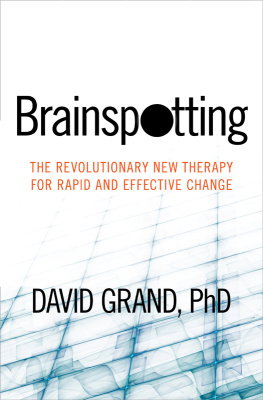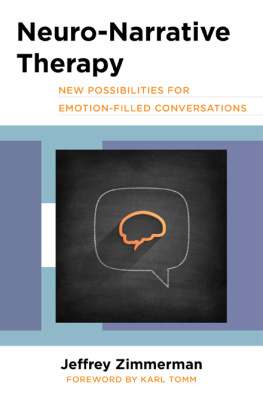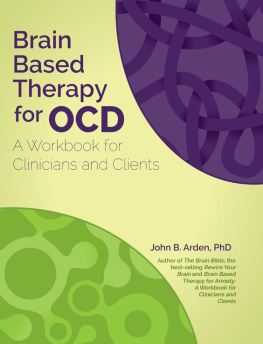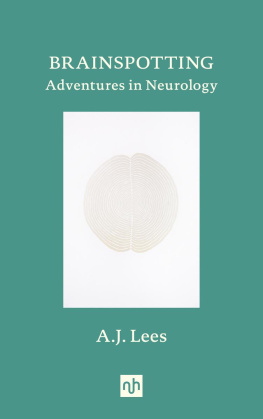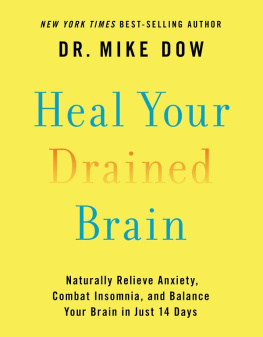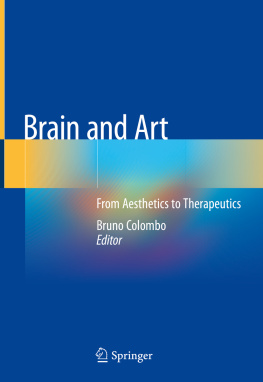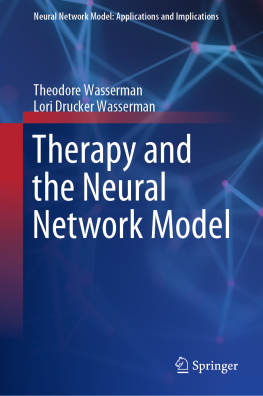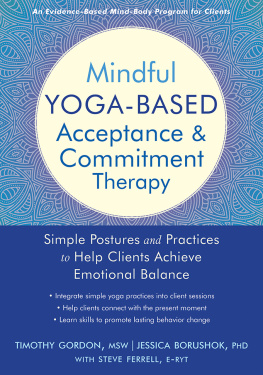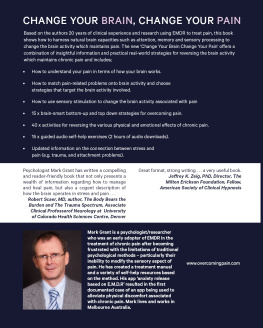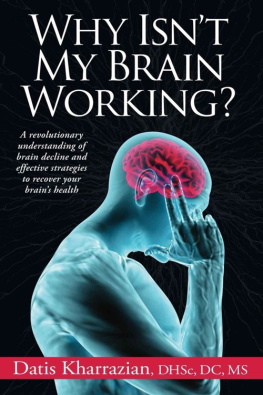ALSO BY DAVID GRAND, PhD
This Is Your Brain on Sports: Beating Blocks, Slumps and Performance Anxiety for Good! (with Alan Goldberg)
Emotional Healing at Warp Speed: The Power of EMDR

To my mother, who taught me to love words.
Contents
Introduction
I n 2003, when I discovered Brainspotting, I wasnt looking for a new therapy, at least not consciously. The discovery just happened, or so it seemed. Until that time, I had been successfully using other theorists methods. I was originally trained in the early 1980s as a psychoanalytic psychotherapist at the Society for Psychoanalytic Study and Research on Long Island, New York, where I live. In 1993, I was trained in EMDR (eye movement desensitization and reprocessing), a more procedural brain-body technique. In 1999, I was exposed to somatic experiencing (SE), which is a deeply body-oriented method. I integrated psychoanalysis, EMDR, and SE into what I called Natural Flow EMDR, a therapeutic method that drew from all three approaches. I wrote about my integrative method in my first book, Emotional Healing at Warp Speed, which was released eleven days before the attack on the World Trade Center on September 11, 2001.
Within weeks of 9/11, I was working with a steady flow of survivors of the attack. Over the course of the next year and a half, I did trauma therapy with over one hundred 9/11 survivors, including those in and around the Towers, rescue workers, and family members of those murdered by the terrorist act. Looking back, it was not an accident that I discovered Brainspotting a year and half after September 11. My 9/11 work exposed me, with great intensity, to how humans can be collectively and individually affected by unusual, overwhelming, horrific events. I was forced to relive the experience, over and over again, from so many angles and perspectives. It felt like the exposure altered me down to a molecular level, as happens to those situated too close to a concussive blast. By the summer of 2002, I was truly burnt out, and I was the last to know. In looking for my own healing, I came up with a creative solution to my dilemma: I wrote a play about my experiences and called it I Witness.
By standing as witness to the horrors of so many for such a concentrated period of time, my already attuned powers of observation were honed much further. Both consciously and unconsciously, I learned to observe clients physical cues so acutely that at times it almost seemed like I knew what was coming before it happened. In that heightened state of tuned-in preparedness, I discovered Brainspotting.
The ten years from the birth of Brainspotting to the writing of this book have changed my life. These ten years have also changed the lives of the 6,000 therapists from around the world who have been trained in Brainspotting, and who now see remarkable healing taking place in front of their eyes on a daily basis. But these ten years have mostly changed the lives of countless Brainspotting clients, who have received deep, rapid healing.
Brainspotting is one of the increasing number of what are known as brain-based therapies, treatments that go beyond the mind to gain direct access to the brain. These brain-based therapies are a phenomenon of the last ten to twenty years. Historically, most psychotherapies have fallen into the category of talk therapy, a form of therapy that can be traced all the way back to Sigmund Freuds psychoanalysis (referred to as the talking cure). A majority of psychotherapies practiced currently are variants of talk therapy. These treatments are highly diverse, well developed, and generally effective. Most of these approaches are relationally based and require that the therapist be highly attuned to the client. (In psychotherapy speak, there must be a high level of relational attunement, meaning therapists must pay close attention not only to the clients, but also to the dynamics of the relationship between themselves and the client, which mirrors and reveals the clients experience with the primary caretakers of their childhood, especially their mother.) The problem is, and has been, that most talk-based therapies tend to be unfocused, and it takes many months or years of sessions for relief and change to occur.
Most technical therapies, including EMDR, place primary emphasis on the procedures the client has to follow. These procedures are technical and not relational because they require the therapist to lead the client through specifically outlined steps. The degree of attention to technique draws attention away from the essence of the relationship between client and therapist. As effective as EMDR is, by using it, the therapists attuned relationship with the client does not receive enough attention.
By contrast, Brainspotting is built on a model where the therapist simultaneously attunes to the client and the clients brain processes. With Brainspotting, neither the relational attunement nor the attunement to the clients brain-body processes needs to be sacrificed for the other. In fact, when the two attunements are interwoven together, the healing process is far more powerful and lasting. Since I was a relationally attuned talk therapist long before I was introduced to brain-based models of therapy, it is perhaps no surprise that Brainspotting combines the attunements of both types of therapy. explores in detail how this dual attunement works in Brainspotting and how it makes Brainspotting so effective.
The motto of Brainspotting is, Where you look affects how you feel. If something is bothering you, how you feel about it will literally change depending on whether you look off to your right or to your left. Our eyes and brains are intricately woven together, and vision is the primary way that we, as humans, orient ourselves to our environment. Signals sent from our eyes are deeply processed in the brain. The brain then reflexively and intuitively redirects where we look, moment to moment. The brain is an incredible processing machine that digests and organizes everything we experience. But trauma can overwhelm the brains processing capacity, leaving behind pieces of the trauma, frozen in an unprocessed state. Brainspotting uses our field of vision to find where we are holding these traumas in our brain. Just as the eyes naturally scan the outside environment for information, they can also be used to scan our inside environmentsour brainsfor information. Brainspotting uses the visual field to turn the scanner back on itself and guide the brain to find lost internal information. By keeping the gaze focused on a specific external spot, we maintain the brains focus on the specific internal spot where trauma is stored, in order to promote the deep processing that leads to the traumas release and resolution.
In my initial discovery of Brainspotting, which Ill share in , my clients gaze locked at a specific position in her field of vision. I knew it did because I saw a powerful eye reflex emerge when her eyes found that position. In this way, her deeper brain was signaling to me that something was locked up inside there. As my clients gaze stayed at that place, she went deeper and deeper into that inner vault where countless traumas were held. Finding this Brainspot unlocked what a year of effective Natural Flow EMDR had not.
In the ten years since that initial discovery, I have developed a wide variety of ways to explore and harness the visual field to unlock and release not only traumas, but also a wide spectrum of psychological and physical symptoms. Each chapter of this book describes a different aspect of Brainspotting, including its different models and how it can be applied.
Next page
